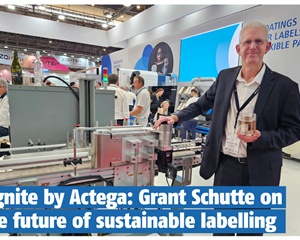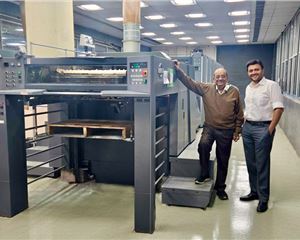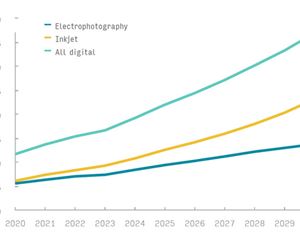Some paper products get GST relief, others see a rise
Wood pulp moved from 12% to 5% GST slab, while paper and paperboard, corrugated have been moved from the existing 12% to 18% slab
05 Sep 2025 | By Sai Deepthi P
On 3 September, the 56th meeting of the GST Council sanctioned the reduction to just two tax slabs of 5% and 18% for most categories, with the exception of a 40% GST for specific items, including luxury vehicles, tobacco and cigarettes. The announcement came as a major relief for the common man as essential everyday items, including roti/paratha, hair oil, ice creams and televisions are set to become cheaper. The changes in GST rates on services and goods will be effective from 22 September 2025.
When it comes to the paper and pulp industry, the GST council approved the proposal for GST rate rationalisation for paper-related products. Wood pulp, such as mechanical and chemical (non-dissolving grades), corrugated and non-corrugated boxes, shall be moved from 12% to 5% GST slab.
This cut in GST on wood pulp is a significant development for the paper and packaging industry, as wood pulp is a key raw material, and the sector has long faced cost pressures due to rising domestic wood prices. The reduction in GST is expected to ease input costs. It will also benefit downstream operations such as notebooks, where both raw material and finished products will now be exempt from tax.
Earlier, the All India Federation of Printers and Packagers (AIFPP), which represents more than 250,000 enterprises, held a virtual meeting on 24 August to highlight concerns about higher costs and concluded with a joint appeal to the government to place the printing and packaging sector under the 5% slab to secure growth and competitiveness. While the printing as a service is not directly addressed by printing services in the GST reforms, the rationalisation of paper, coated paper and other materials is expected to have an impact. For example, paper and paperboard, corrugated, have been moved from the existing 12% slab to the 18% slab.
The GST on composite paper and paperboard (not surface coated, impregnated or reinforced, in rolls/sheets) has increased from 12% to 18%. It’s the same story for paper and paperboard, corrugated (creped, crinkled, embossed, perforated, with/without glued flat sheets), and paper and paperboard, coated on one/both sides with kaolin (China clay) or other substances, with/without binder.
Other paper-related products that saw a GST rise from 12% to 18% include uncoated paper and paperboard for writing, printing, and graphic purposes (excluding exercise notebooks); uncoated kraft paper and paperboard, other uncoated paper and paperboard, greaseproof papers and glassine paper.
Paper products that saw a reduction from 12% to 5% include boxes, pouches, wallets, writing compendiums of paper or paperboard (stationery assortment), cartons, boxes, cases of corrugated or non-corrugated paper or paperboard, paper pulp moulded trays, paper bags and biodegradable bags, and handmade paper and board, among others.
In a bit of good news, uncoated paper and paperboard for exercise, graph, and laboratory notebooks will not have GST charges.
For exporters, particularly in packaging, the removal of the value threshold for GST refunds will be a game-changer. Until now, smaller exporters — especially those sending low-value shipments through courier or post — faced hurdles in claiming refunds. With this reform, all export consignments, regardless of value, will be eligible for GST refunds. This is expected to simplify compliance, improve cash flows, and make low-value eCommerce packaging exports more competitive. Additionally, there is also a cut in GST on packaging materials from 12–18% to 5% reducing production costs, allowing exporters to price more competitively in global markets.
With GST on trucks and delivery vans reduced from 28% to 18%, combined with lower GST on packaging inputs, freight and distribution costs will decline, making supply chains more efficient. Additionally, the reduced GST on eco-friendly materials such as bamboo, bagasse, and jute boards aligns packaging production with global sustainability standards, supporting green growth.
A quick overview:
 (1).png)












 See All
See All